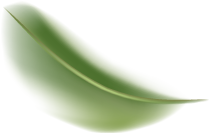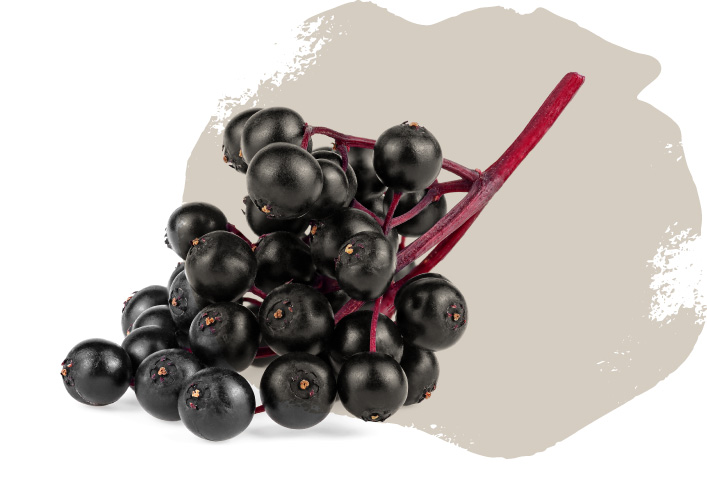Our biodiverse approach covers all areas of the Biohof Jochwand. Diversity takes many different forms, including the fruit trees and wild shrubs of our organic farms. Our elevated location at an altitude of 800 metres and the slightly harsher climate with longer snow cover and a somewhat different kind of harvest that this entails means that it takes a while until the trees and shrubs begin to blossom. The fruit, however, is particularly precious, a bit smaller, but more intense and concentrated in its taste. This exquisite aroma can certainly be tasted in our Genussladen products.

Fresh every day
for a passion for farming with a main focus on sustainability.











